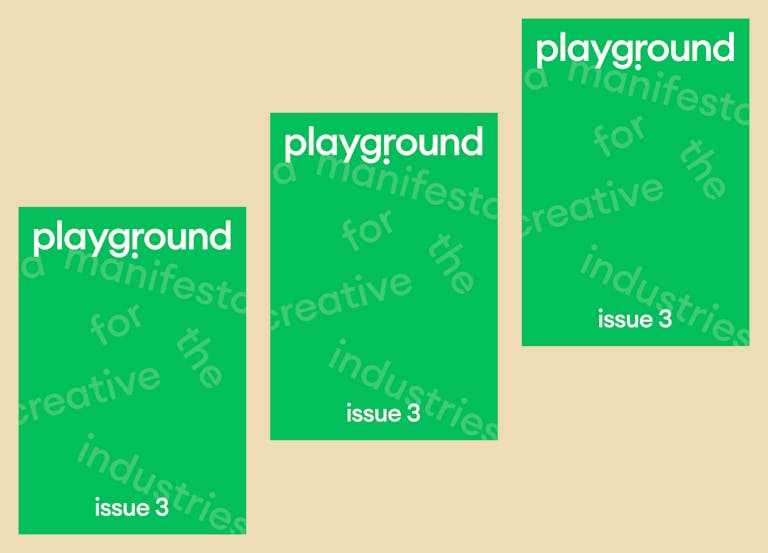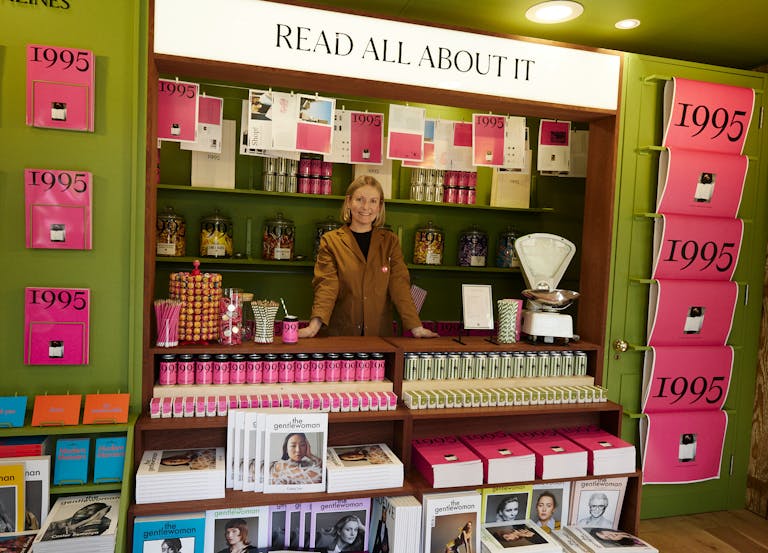Making a travel magazine: We Are Here

Just a week to go until me, Davey from Boat and Conor from We Are Here get together at King’s Place for the Guardian’s Independent Travel Magazine Masterclass.
Tickets are on sale now and I’m really looking forward to hearing from Conor, who’s flying in from Dubai specially for the event. He knows a LOT about the pressures of publishing, from drumming up advertising to battling censors to emergency crowd-funding. I spoke to him recently to get a sneak preview of what he’ll be talking about on the night.
Five minutes with We Are Here founder, Conor Purcell
On an alternative to the mainstream
When I look at mainstream travel magazines they seem to me the worst type of mainstream magazines (along with maybe celebrity magazines) in terms of how redundant they are. I pick up magazines like Condé Nast Traveller and Travel + Leisure and it’s such a PR-generated industry. It’s all the same type of content; Top Five spas in Paris, Top 10 This, Top Five That… They do it because it’s cheap, but I think if you can type your headline into Google and get better results from a search engine you’re pretty screwed. That’s the problem with these magazines – they’re not giving you anything you can’t get on the internet. I’m just not sure why anyone would buy Condé Nast Traveller – why not go on travel blogs? They don’t do anything interesting with print – it hasn’t really evolved from 10 or 20 years ago.
On making magazines
I want to give a sense of the place – I don’t want too many profiles or people who are trying to sell something or promote a coffee shop or an art gallery, because it’s not really that interesting. I’d like people to come away with an impression of the city – I guess more like if you watch a good movie you think about it for a few days afterwards and you get a sense of the places it covered. I think magazines can do that too – I’m aiming for more than just a collection of articles. That’s easier said than done, but I think it’s good that publishers and editors are being a bit more ambitious nowadays. I’m interested in the landscape, the place, and some of the politics, as well as the people.
On self-sufficiency
I wanted to be completely self-sufficient with this magazine. That’s why the design is so simple, because I can’t do anything flashy but I can lay out a grid. The photos were the same – I wanted to be able to take all the photos on my phone. I wanted to be able to design the whole thing to PDF stage on my laptop. As the technology gets better it’s easier to be self-sufficient, but I’m not a professional photographer so I’m aware of my limitations and I’m not going to start doing portraits or anything. It’s supposed to be lo-fi but not cheap – the photos look nice on this thick matt paper.
On print
When I first started Wndr Media we were doing mobile applications for client work like a Kabul city guide. It was interesting but the whole time I was thinking ‘I wish I was making a magazine about this’. This is what I want to do for the next 30-40 years. I want to do print, and anything I do that’s not in print is purely to fund my own print projects. I find that with the magazine it’s as much about the content as it is about the look and feel of the thing. It’s like vinyl – it’s not the best way to access music, just as magazines are often not the best way to access information, but people will buy it because it’s vinyl and they’ll collect it and keep it, and that’s true I think of the good new independent magazines that are coming up.
On advertising
Advertising is the hardest part – I think it’s the best way of getting revenue because you’re getting it a month or two after going to print, whereas sales can take up to six months to get to you. I covered costs with the first issue via advertising, but I sent maybe 180 emails for that first issue. I got five replies, of those five replies I got three meetings, and of those three meetings I got three ads. There are lots of people who said they liked the magazine, but then they say, ‘we’re trying to reach the Indian market,’ or ‘we’re trying to reach men over 40,’ and there are a lot of other magazines doing much more niche and targeted things than a travel magazine. I’d rather fund it myself than change it to fit these needs, but it’s a fine line because I don’t want it to be a vanity project – it has to be a viable business. Because no matter how much you love it, if it’s coming out of your own pocket it will get wearing, and also having no money will get wearing!



